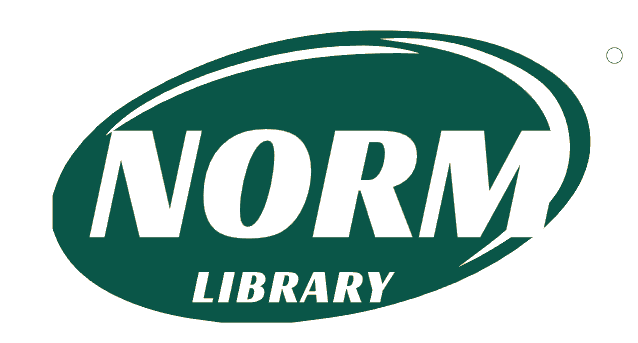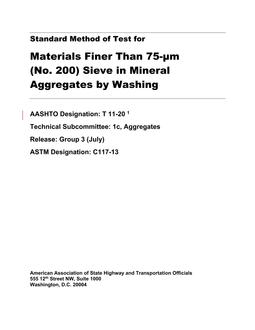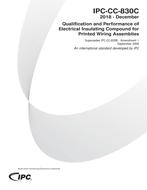
ASTM E691-99
Original price was: $83.00.$50.00Current price is: $50.00.
Standard Practice for Conducting an Interlaboratory Study to Determine the Precision of a Test Method
standard by ASTM International, 05/10/1999
1.1 This practice describes the techniques for planning, conducting, analyzing, and treating the results of an interlaboratory study (ILS) of a test method. The statistical techniques described in this practice provide adequate information for formulating the precision statement of a test method.
1.1.1 A computer software package for performing the calculations and producing the tables and graphs associated with Practice E691. This software can be run on PC compatible computers, and hard copy tables and graphs can be printed on dot-matrix printers.
NOTE – E691 does not include the software package (ADJ0691); see ‘Critical Adjuncts/Reference Radiographs’ on this page for more information on ADJ0691.
1.2 This practice does not concern itself with the development of test methods but rather with gathering the information needed for a test method precision statement after the development stage has been successfully completed. The data obtained in the interlaboratory study may indicate, however, that further effort is needed to improve the test method.
1.3 Since the primary purpose of this practice is the development of the information needed for a precision statement, the experimental design in this practice may not be optimum for evaluating materials, apparatus, or individual laboratories.
1.4 Field of Application -This practice is concerned exclusively with test methods which yield a single numerical figure as the test result, although the single figure may be the outcome of a calculation from a set of measurements.
1.4.1 This practice does not cover methods in which the measurement is a categorization, such as a go-no-go allocation (two categories) or a sorting scheme into two or more categories. For practical purposes, the discontinuous nature of measurements of these types may be ignored when a test result is defined as an average of several individual measurements. Then, this practice may be applicable, but caution is required and a statistician should be consulted.
1.5 The information in this practice is arranged as follows:
Section Scope 1 Referenced Documents 2 Terminology 3 Summary of Practice 4 Significance and Use 5 Planning the Interlaboratory Study (ILS) ILS Membership 6 Basic Design 7 Test Method 8 Laboratories 9 Materials 10 Number of Test Results per Material 11 Protocol 12 Conducting the Testing Phase of the ILS Pilot Run 13 Full Scale Run 14 Calculation and Display of Statistics Calculation of the Statistics 15 Tabular and Graphical Display of Statistics 16 Data Consistency Flagging Inconsistent Results 17 Investigation 18 Task Group Actions 19 Examples of Interlaboratory Studies 20 Precision Statement Information Repeatability and Reproducibility 21 Annexes Theoretical Considerations
1.6 This standard may involve hazardous materials, operations, and equipment. This standard does not purport to address all of the safety problems associated with its use. It is the responsibility of the user of this standard to establish appropriate safety and health practices and determine the applicability of regulatory limitations prior to use.
Product Details
- Published:
- 05/10/1999
- Number of Pages:
- 22
- File Size:
- 1 file , 230 KB
- Part of:
- ASTM Adjunct E691-01
- Note:
- This product is unavailable in Russia, Ukraine, Belarus



